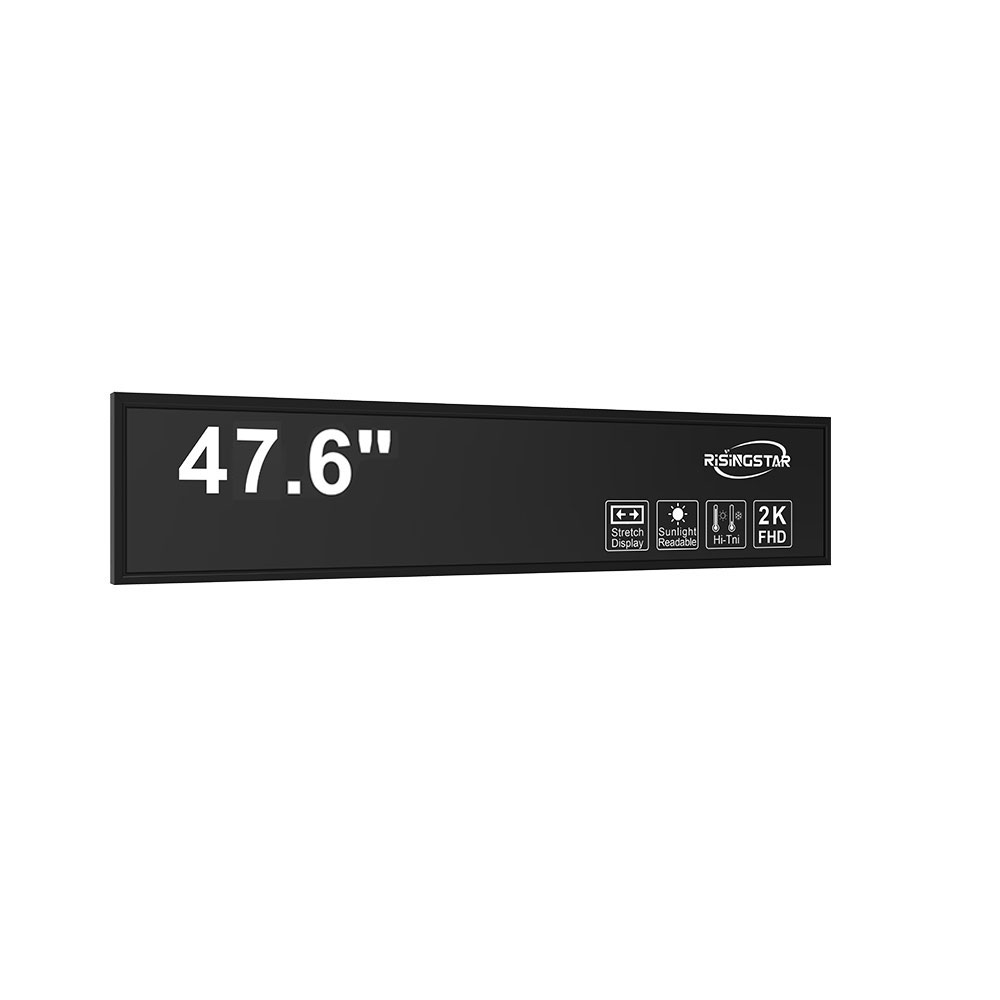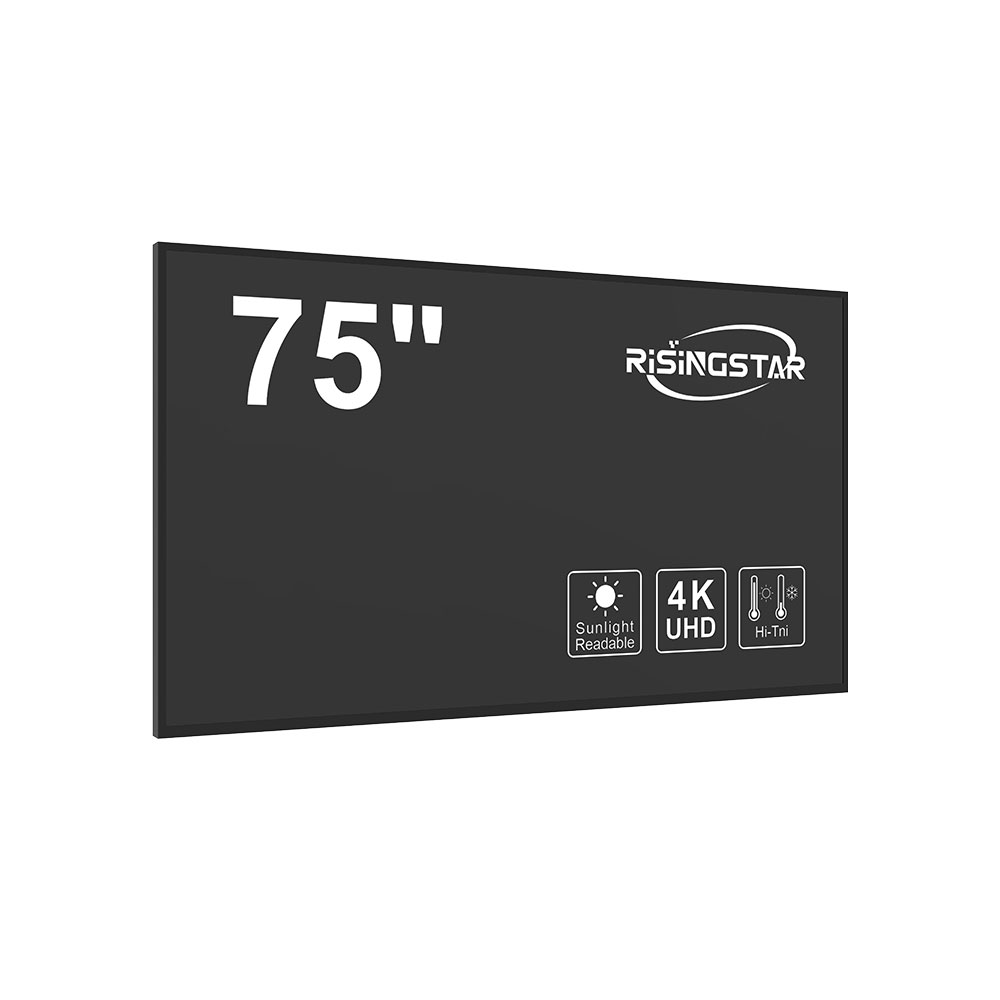- Hemsida
- Om oss
- Produkter
- Nyheter
- Videoklipp
- Kontaktinformation
- Skicka förfrågan
Sök
- Hemsida
- Om oss
- Produkter
- Nyheter
- Videoklipp
- Kontaktinformation
- Skicka förfrågan

In the rapidly evolving world of display technology, IPS (In-Plane Switching) has become a cornerstone for high-quality visual performance—especially in outdoor LCD screens where environmental conditions are extreme. As a professional outdoor LCD screen engineer with over a decade of field experience, I’ve seen how IPS transforms image clarity, color accuracy, and viewing angles in real-world deployments—from digital signage in urban plazas to traffic information displays on highways.
IPS technology, first introduced by Hitachi in 1996, is a type of LCD panel that improves upon traditional TN (Twisted Nematic) panels by aligning liquid crystal molecules parallel to the glass substrate rather than perpendicular. This design change results in significantly better color reproduction, wider viewing angles (up to 178°), and reduced color shift when viewed from off-center positions. For outdoor applications, this means viewers standing at different angles—from pedestrians walking by to drivers glancing at a screen—see consistent and vibrant visuals.
One of the most critical advantages of IPS in outdoor environments is its superior color consistency under sunlight exposure. Unlike TN panels, which often suffer from washed-out colors or poor contrast in bright light, IPS maintains rich saturation even under direct sunlight. According to the International Commission on Illumination (CIE), IPS panels typically achieve 95% NTSC color gamut coverage—making them ideal for advertising, public transit, and industrial control systems where accurate color matters.

Moreover, modern IPS panels used in outdoor displays are built with enhanced brightness (often exceeding 5000 nits) and ruggedized housing compliant with IP65 or higher ratings for dust and water resistance. These features ensure durability in harsh weather—rain, snow, UV exposure, and temperature swings between -20°C to 60°C. In a case study from a major airport deployment in Dubai, an IPS-based outdoor screen system delivered 99.9% uptime over two years, outperforming previous TN-based units that required monthly recalibration due to color drift.
From an engineering perspective, IPS also offers better response times—now as low as 4ms in premium models—reducing motion blur in dynamic content like video ads or live feeds. This makes it suitable not only for static signage but also for interactive kiosks and emergency alert systems.
When selecting an outdoor LCD solution, choosing IPS over other panel types isn’t just about aesthetics—it’s a strategic decision rooted in performance, longevity, and ROI. With increasing demand for digital transformation in cities, transportation hubs, and retail spaces, understanding what IPS truly delivers can help businesses make smarter, more sustainable investments in display infrastructure.
